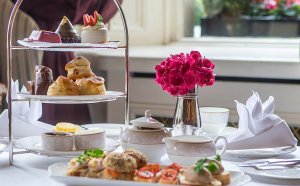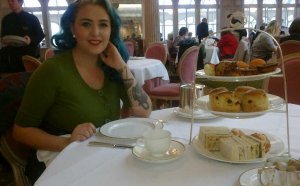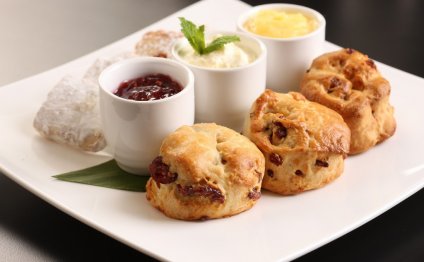
Scottish Afternoon Tea
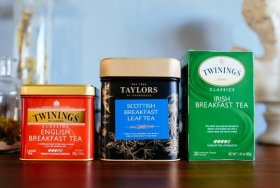 English breakfast, Irish breakfast, Scottish breakfast ... why are they served at breakfast, and is there really any difference between them?
English breakfast, Irish breakfast, Scottish breakfast ... why are they served at breakfast, and is there really any difference between them?
What is breakfast tea?
Breakfast teas are black tea blends intended to accompany a hearty, rich morning meal (think of the full English breakfast or fry-up) and are therefore more robust than afternoon tea blends. Because they are so strong, breakfast teas go well with milk. Breakfast tea blends made with Assam tea tend to have higher caffeine levels.
English, Irish, Scottish: What's the difference?
English breakfast tea, Sanchez explains, would originally have been a China black tea. Over time tea blenders incorporated teas grown in India and Sri Lanka as well as Africa and Indonesia. "The English started importing Chinese tea in the 17th century and then it really kicked into gear in the 18th century. For all intents and purposes the first English breakfast tea was a China congou tea, " says Sanchez.
"Then, during the Opium Wars, China imposed an embargo on tea. Around the same time, the British East India Company started producing tea in Assam, India. For awhile the old stocks of Chinese tea were dwindling and the new stocks of Indian tea started coming in, and they were blended together. Jump ahead to the end of the 19th century and tea was beginning to be produced in Ceylon (now Sri Lanka). You started to have a stronger and stronger Ceylon component in English breakfast tea."
Irish breakfast tea has a strong Assam component, which gives it a more robust, malty flavor and reddish color. "My theory is that tea must have been growing in popularity in Ireland around the time that the British East India Company was producing tea in Assam, " says Sanchez.
Scottish breakfast tea tends to be the heartiest of the bunch, possibly due to Scotland's soft water. "Back in the day teas were blended specifically for the water conditions in the areas in which they were marketed and consumed, " Sanchez says. "It's conjecture, but perhaps the water in Scotland demanded a stronger tea."
In a nutshell
- English breakfast: Full-bodied and rich. Originally a China black tea but now frequently includes a strong Ceylon tea component. May also include teas from Assam, Africa, and/or Indonesia.
- Irish breakfast: More robust than English breakfast. Generally has a strong Assam component, giving it a malty flavor.
- Scottish breakfast: Typically the strongest of the three. May include teas from China, Assam, Ceylon, Africa, and/or Indonesia.
It's important to note that at no time has there been a standard formula for any of these blends. "One company's English breakfast could be identical to another company's Irish breakfast, " says Sanchez. In the end, it's really up to the individual tea drinker to try different blends and find the one he or she likes.
RELATED VIDEO
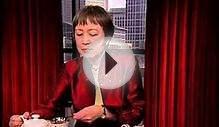
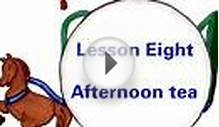
![Eagle Plays: Katawa Shoujo [2] "Afternoon tea"](/img/video/eagle_plays_katawa_shoujo_2_afternoon.jpg)
Share this Post
Related posts
Hotel Afternoon Tea
Steakhouse 55 is a lovely oasis of elegance at the Disneyland Hotel, with white linens and historic black-and-white photos…
Read MoreHarrods Afternoon Tea
Arguably the world s finest department store, Harrods has been serving customers for over 150 years. Charles Henry Harrod…
Read More
 The British Chileans are people of British ancestry, in full or in part, who reside in Chile. The British have been very important in the formation of the Chilean nation. They include Chileans of English, Scottish and Welsh ancestry. The numbers of Scottish and...
The British Chileans are people of British ancestry, in full or in part, who reside in Chile. The British have been very important in the formation of the Chilean nation. They include Chileans of English, Scottish and Welsh ancestry. The numbers of Scottish and...
